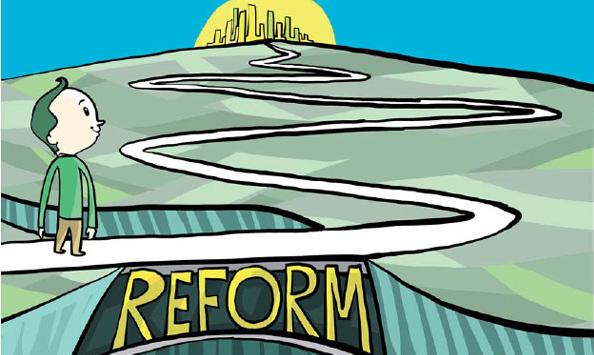
Qin Xiaoying, Research Scholar, China Foundation For Int'l and Strategic Studies
Aug 04, 2017
As Chinese State-owned enterprises experience a new phase of change due to an increased number of mergers. Experts and economists throughout the world are attempting to explain the significance of this new phase. However, to place these mergers in the proper context, it is prudent to first examine history and understand the past stages of this country’s SOE reforms.
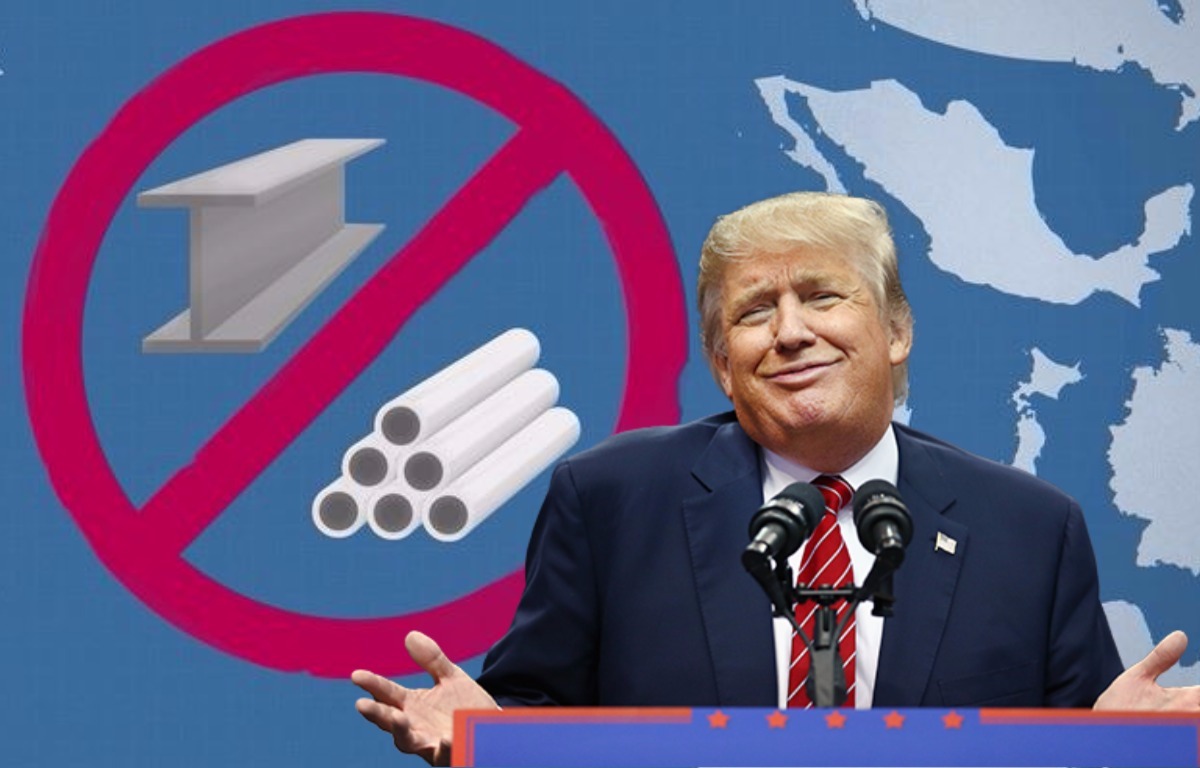
Yu Xiang, Senior Fellow, China Construction Bank Research Institute
Aug 04, 2017
Recently, the Trump administration continuously sends out signals that it is considering to make a final decision on the Section 232 investigations into steel, claiming some steel imports are threatening the US national security and hinting to impose barriers to limit steel import, and that the final and exact tariffs or quotas will depend on negotiation results with related countries.
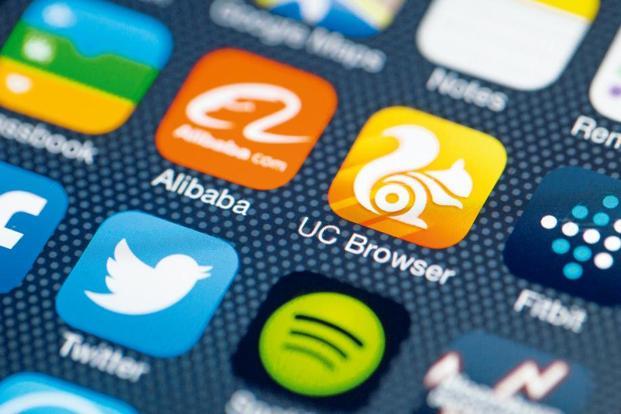
Andrew Sheng, Distinguished Fellow at the Asia Global Institute at the University of Hong Kong
Xiao Geng, Director of Institute of Policy and Practice at Shenzhen Finance Institute, Chinese University of Hong Kong
Aug 02, 2017
China’s transformation into a knowledge-based economy occupying a central position in the global value chain will ultimately yield a “reform dividend.” But as exciting as that transformation will be, it will also be dangerous. Never before has an economy so large undergone such far-reaching change so quickly

Curtis S. Chin, Former U.S. Ambassador to Asian Development Bank
Meera Kumar, New York-based Asia analyst and communications consultant
Aug 01, 2017
Enduring wage disparities and outdated and imbalanced tax structures are seen as contributors to growing inequality, where neither the U.S. nor China are immune. Business, government and civil society leaders must come together to ensure the quality of education is improved to meet the demands of a technology-driven knowledge economy.
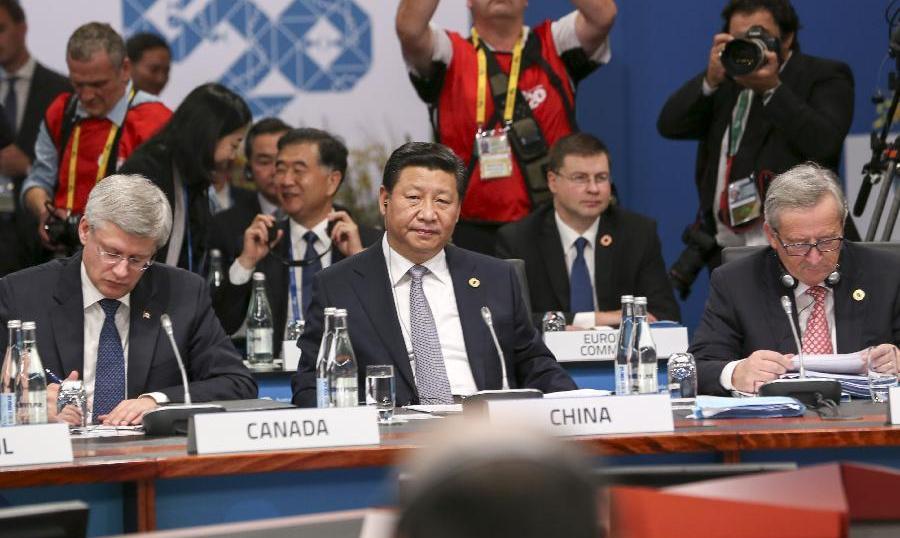
Liu Junhong, Researcher, Chinese Institute of Contemporary Int'l Relations
Jul 31, 2017
China-US cooperation based on mutual respect and equality are key to the G20’s success. Timely and effective communication between the leaders and reaffirmed commitment to this approach would contribute to the G20’s role in promoting economic recovery and ultimately inclusive growth of the world.

Philip Cunningham, Independent Scholar
Jul 28, 2017
Wang Jianlin’s plan to purchase Dick Clark Productions for one billion dollars was blocked by currency controls. The well-documented difficulty of moving dollars out of China in the past year reflects policy designed to slow the rampant purchase of real estate abroad. It is one thing to stem the trend of affluent individuals gobbling up houses in Vancouver and Los Angeles, but quite another to block a company as powerful as Wanda Dalian from moving its cash around.
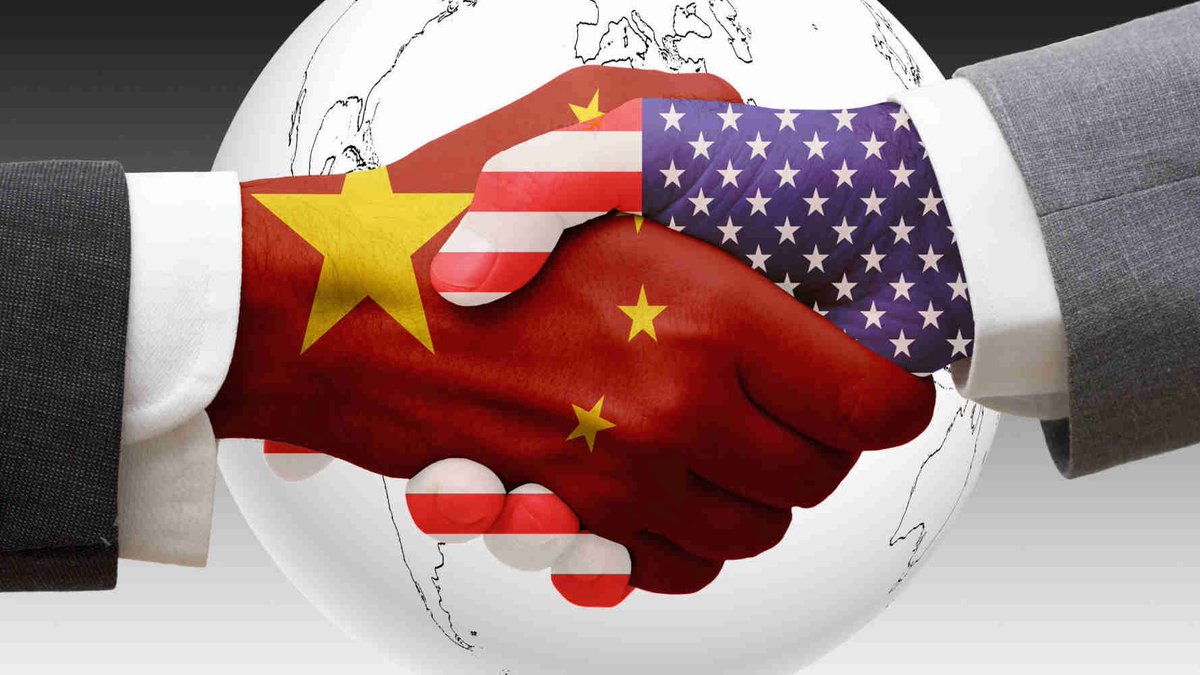
He Weiwen, Senior Fellow, Center for China and Globalization, CCG
Jul 27, 2017
The trade imbalance issue is not central to the mission of the CED. It should be left to the market, to the sector cooperation and to restructuring in the global supply chain.
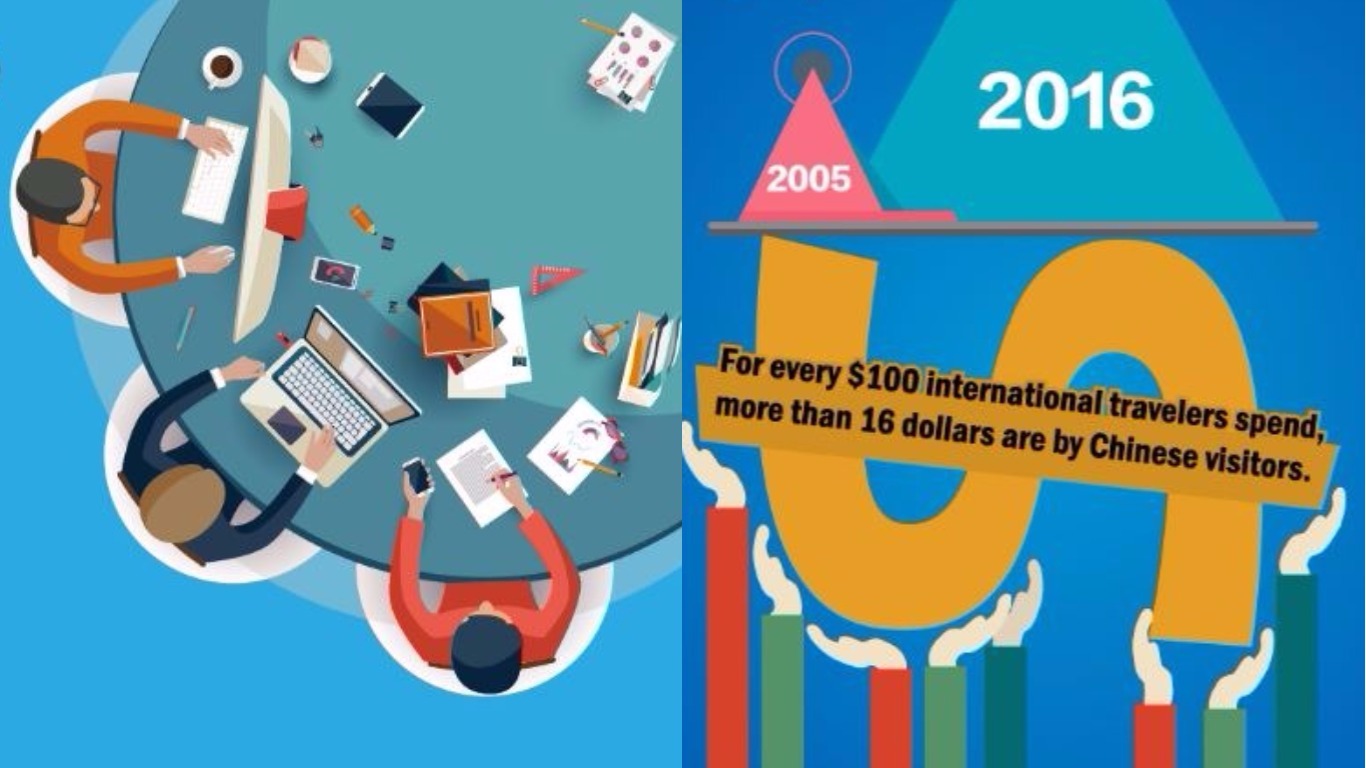
Jul 27, 2017
Trade ties between China and the United States have been under close scrutiny since President Trump took office. During the campaign, Trump frequently targeted
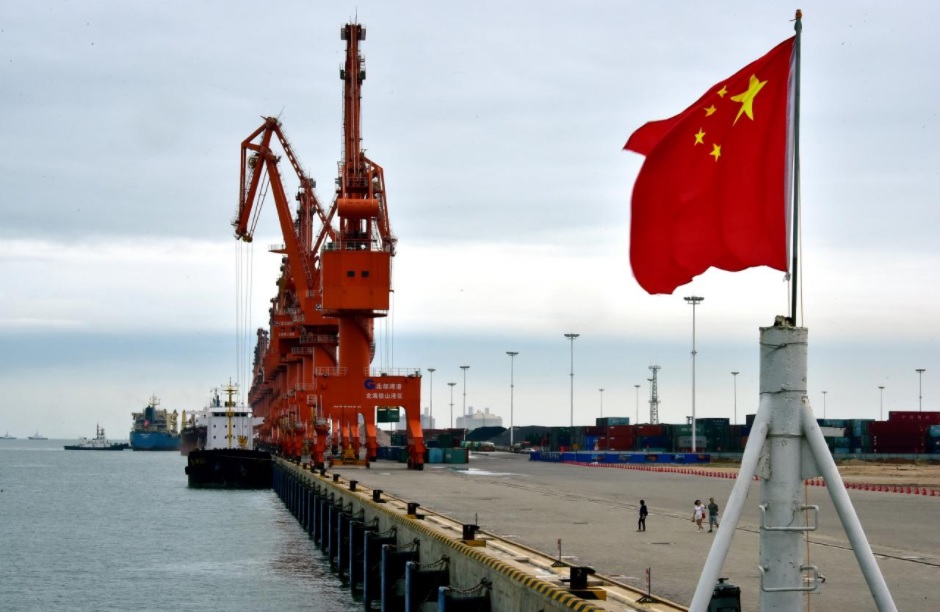
Stephen Roach, Senior Fellow, Yale University
Jul 26, 2017
After decelerating for six consecutive years, China real GDP growth appears to be inching up in 2017. The 6.9% annualized increase just reported for the second quarter exceeds the 6.7% rise in 2016 and is well above the consensus of international forecasters who, just a few months ago, expected growth to be closer to 6.5% this year, and to slow further, to 6%, in 2018.
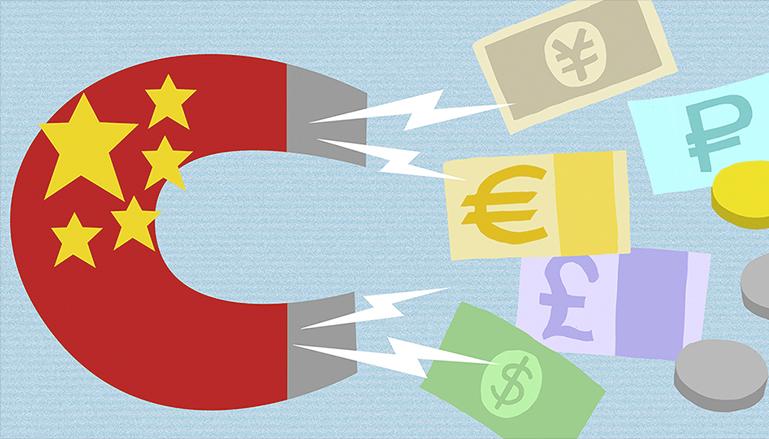
Doug Bandow, Senior Fellow, Cato Institute
Jul 26, 2017
At a time when Beijing seems inclined to turn inward economically, emphasizing state control and punishing foreign investors, American firms should point out the obvious economic benefits of attracting outside capital. American and other foreign firms could create some of the jobs necessary to employ Chinese workers who have come to expect a better life—and are likely to protest if that future does not materialize.
Back to Top

- China-US Focus builds trust and understanding between the U.S. and China through open dialogue among thought leaders.
- Our Offerings
- Topics
- Videos
- Podcasts
- Columnists
- Research Reports
- Focus Digest
- Stay Connected
-
Thanks for signing up!
- Get the latest stories from China-US Focus weekly.